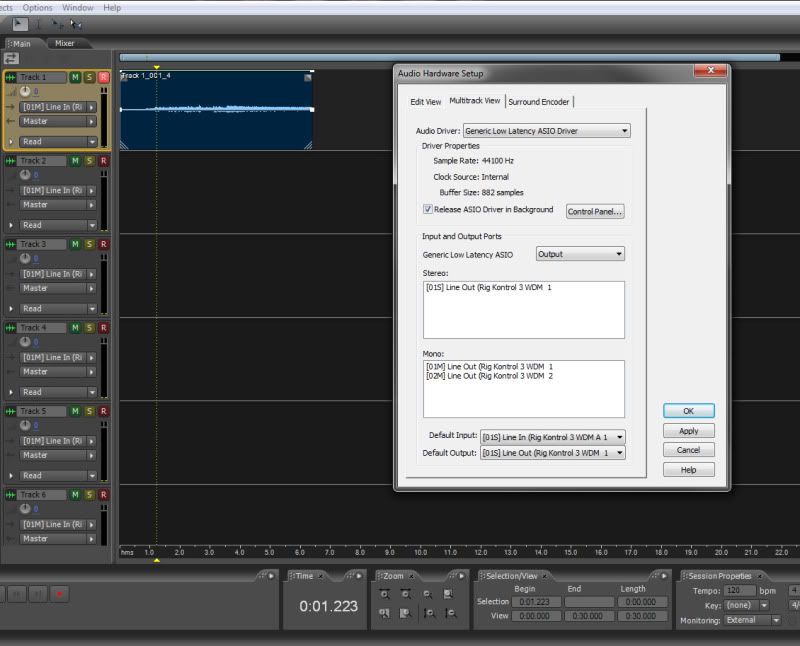Asio Generic Lower Latency Driver Setup
- Posted in:Admin
- 02/06/18
- 55


Value card, a typical (circa 2000) sound card. Connects to via one of: • • • • • • • (rare) • interfaces (, ) Line in or out: via one of: • Analogue -, or • Digital - RCA, or Microphone via one of: • Phone connector • PIN connector Common manufacturers (and subsidiary ) A sound card (also known as an audio card) is an internal that provides input and output of to and from a under control of. The term sound card is also applied to external audio interfaces used for applications. Typical uses of sound cards include providing the audio component for multimedia applications such as music composition, editing video or audio, presentation, education and entertainment (games) and video projection. Sound functionality can also be integrated onto the, using components similar to those found on plug-in cards. The integrated sound system is often still referred to as a sound card. Sound processing hardware is also present on modern with to output sound along with the video using that connector; previously they used a SPDIF connection to the motherboard or sound card.
Close-up of a sound card, showing, and, and a two-channel Most sound cards use a (DAC), which converts recorded or generated data into an format. The output signal is connected to an amplifier, headphones, or external device using standard interconnects, such as a or an. If the number and size of connectors is too large for the space on the backplate, the connectors will be off-board, typically using a breakout box, an auxiliary backplate, or a panel mounted at the front. More advanced cards usually include more than one to support higher data rates and multiple simultaneous functionality, for example digital production of sounds, usually for real-time generation of music and sound effects using minimal data and CPU time. Most sound cards have a connector for an input from a or other sound source that has higher voltage levels than a microphone. The sound card digitizes this signal. The transfers the samples to the main memory, from where a recording software may write it to the for storage, editing, or further processing.
View and Download Focusrite Scarlett 18i8 user manual online. Scarlett 18i8 Recording Equipment pdf manual download.
Another common external connector is the microphone connector, for signals from a or other low-level input device. Input through a microphone jack can be used, for example, by or applications. Sound channels and polyphony [ ]. 8-channel DAC CS4382 placed on Fatal1ty An important sound card characteristic is, which refers to its ability to process and output multiple independent voices or sounds simultaneously. Britney Spears Songs Download Zip on this page. These distinct channels are seen as the number of audio outputs, which may correspond to a speaker configuration such as 2.0 (stereo), 2.1 (stereo and sub woofer), 5.1 (surround), or other configuration. Sometimes, the terms voice and channel are used interchangeably to indicate the degree of polyphony, not the output speaker configuration.
For example, many older could accommodate three voices, but only one (i.e., a single mono output) for output, requiring all voices to be mixed together. Later cards, such as the sound card, had a 9-voice polyphony combined in 1 mono output channel. For some years, most PC sound cards have had multiple FM synthesis voices (typically 9 or 16) which were usually used for MIDI music. The full capabilities of advanced cards are often not fully used; only one (mono) or two () voice(s) and channel(s) are usually dedicated to playback of digital sound samples, and playing back more than one digital sound sample usually requires a software at a fixed sampling rate. Modern low-cost integrated soundcards (i.e., those built into motherboards) such as like those meeting the standard and even some lower-cost expansion sound cards still work this way.